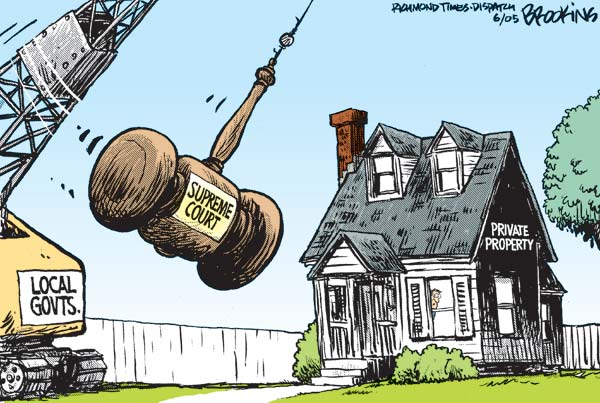When private property is taken for a public use, the legal issues involved depend upon whether it is a “total take” or a “partial take.” As common sense would suggest, a taking is total when it results in the taking of an entire property, and partial when only a part of the property is taken. In that latter scenario, the part that is not taken is known as the “residue.”
In eminent domain parlance, “compensation” is the fair market value of the property taken. “”Compensation’ means the sum of money which will compensate the owner of the land actually taken or appropriated; that is, it is the fair market value of the land taken, irrespective of any benefits that may result to the remaining lands by reason of the construction of the proposed improvement.” Wray v. Stvartak, 121 Ohio App.3d 462, 700 N.E.2d 347 (6 Dist.,1997) (citing Norwood v. Forest Converting Co., 16 Ohio App.3d 411, 415, 476 N.E.2d 695, 700 (1984)).
“Damages means the reduction in the value of the residue caused by the taking. “‘Damages,’ in the strict sense in which the term is used in an appropriation proceeding, means an allowance made for any injury that may result to the remaining lands by reason of the construction of the proposed improvement, after making all permissible allowances for special benefits, and the like, resulting thereto.” Id.
With respect to both compensation and damages, the goal is to compensate the property owner based upon the fair market value of the property. “Fair market value is the amount of money which could be obtained on the open market at a voluntary sale of the property. It is the amount that a purchaser who is willing, but not required to buy, would pay and that a seller who is willing, but not required to sell, would accept, when both are fully aware and informed of all circumstances involving the value and use of the property. Market value is determined by the most valuable and best uses to which the property could reasonably, practically, and lawfully be adapted which is referred to as ‘the highest and best use.’” Masheter v. Ohio Holding Co., 38 Ohio App.2d 49, 54, 313 N.E.2d 413, 416 (1973). See also, Sowers v. Schaeffer, 155 Ohio St. 454, 99 N.E.2d 313, ¶3 of Syllabus (1951).
“In determining the market value of land taken…every element that can fairly enter into the question of value, and which an ordinarily prudent business man would consider before forming judgment in making a purchase, should be considered, and the market value of the land shall be determined on the basis of the circumstances existing the moment before the take.” In re Appropriation for Hwy. Purposes of Land of Winkelman, 13 Ohio App.2d 125, 234 N.E.2d 514, Syllabus par. 1 (3rd Dist.1968).
If the concept of fair market value sounds straight forward, stay tuned. Like most things in the law, it has gotten pretty complicated over the years.

